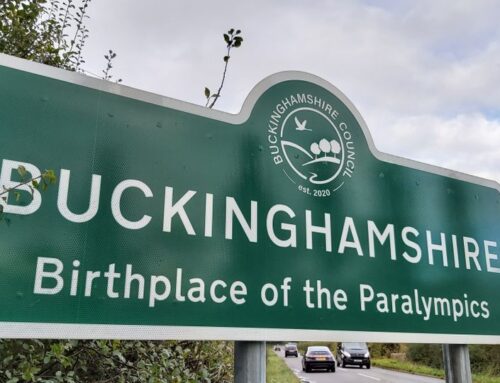The furlough scheme officially came to an end at the end of September. It has been a lifeline for thousands of local businesses and employees over the last 18 months. It has no doubt kept many businesses afloat and many employees in work. As the scheme closes, we ask are what are now the biggest issues within the labour market that we need to be aware of?
We estimate that approximately half of the 10,000 Bucks residents on the furlough scheme as it closes will be on ‘flexible furlough’. In most cases, this means that they will be working for their employer on part-time basis, with the furlough scheme picking up the cost of the days/ hours they aren’t working. The majority of these workers are likely to remain with their current employer when the scheme ends, although some may continue to work fewer hours than pre-pandemic (i.e., be under-employed).
For the approximately 5,000 residents on ‘full furlough’ when the scheme ends, the future is more uncertain. Many could lose their jobs, although we haven’t seen many firms give notice of anticipated large scale (20 people plus) redundancies in the last few months, so the numbers may be lower than many anticipate. In any event, it is unlikely that all 5,000 will start claiming out-of-work related benefits. Some will find new work relatively quickly, particularly given the high number of vacancies in local labour market at present, some will leave the labour market (either taking retirement or choosing not to work), and some will not claim benefits whilst seeking new work.
Whilst the end of the furlough scheme is important, there are arguably bigger issues to be aware of within the local labour market. As highlighted a few weeks ago by Tony Wilson of the Institute for Employment Research, a significant number of people (around 1.2m nationally) have left the labour market since the onset of the Covid-19 pandemic, the largest fall in 30 years. This is undoubtedly contributing to the labour shortages that many firms are currently facing. So, who has left and why? Whilst some will be Eastern European workers who went home during the pandemic and have not returned, the majority are believed to be either older (over the age of 50) workers and young people. Many of the former choosing to take early retirement or time out from work, and many of the latter remaining in education for longer than they might otherwise have done.
From a policy perspective, along with helping the unemployed find work, this points to the need to do more to help those who are not working but would like to get back into the labour market, namely older people, students, those with health conditions and parents. For employers this is likely to involve adjusting recruitment practices and re-thinking how jobs are designed, whilst for educators and parents this could mean recognising the value of students gaining employability skills through part-time work.
With around 7,500 on-line job postings in Buckinghamshire in August 2021, the highest number since March 2017, attracting those who have left the labour market will be just as important as attracting those who are unemployed, to help fill vacancies and enable the economy to rebound as quickly as possible.
For further details, see our furlough and claimant count dashboards.








